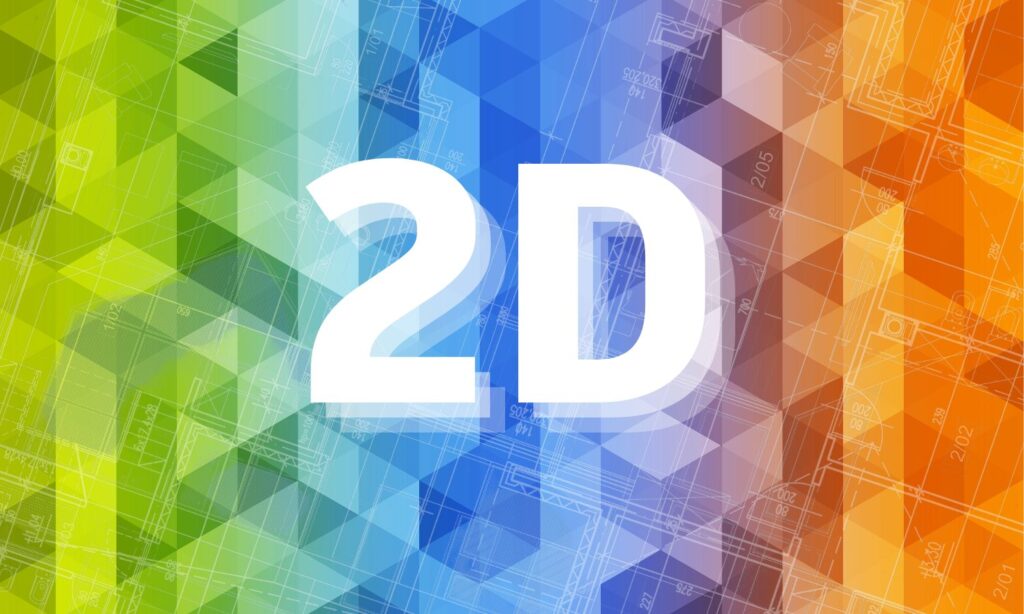& Construction

Integrated BIM tools, including Revit, AutoCAD, and Civil 3D
& Manufacturing

Professional CAD/CAM tools built on Inventor and AutoCAD
4 min read
InfoWorks ICM 2025.4 is here, delivering reporting and scripting enhancements, a new free viewer, and – significantly – 2D mesh element histograms for improved model stability, speed and results accuracy.

As you know, hydraulic modeling involves some complex math on the back end. Given this, modeling software usually splits the properties of any given surface into a mesh to reduce computational time while minimizing the impact on results accuracy. However, as your models get more fine and more granular, certain clusters of small mesh elements in a 2D mesh can lead to higher model instability and issues with simulation performance. It is estimated that reducing the mesh size by a factor of 2 results in a simulation time approximately eight times longer. To address this, we’ve built in 2D mesh histograms into InfoWorks ICM 2025.4.
In this post, we’re going to focus on how the new histograms lead to higher model stability and better hydraulic simulation improvements. If you’d like to learn more about the new free InfoWorks ICM Viewer, you can read our post on the topic. Additionally, if you want to see everything that was just released with InfoWorks ICM 2025.4, read the full what’s new post from the product team.
Getting more granular and accurate data out of our hydraulic models enables us to develop better solutions and understand our networks more effectively. However, as we push our hydraulic models to the limits of accuracy, it’s important we don’t compromise on model stability. As we noted above, fine meshes can lead to model instability in certain scenarios, so we’ve rolled out a 2D mesh histogram feature to help you address this.
This 2D Mesh Element Histogram feature helps you identify any 2D mesh element areas that are smaller than the specified minimum element size. When you have identified such elements, you may decide, for example, to change the minimum element size for a 2D zone, adjust your model breaklines, snap polygons together to avoid mesh clusters being created in between, or to alter the zone’s geometry in order to refine your model and increase model stability.
To use the new feature, simply choose one or more 2D zones you want to check for small elements. InfoWorks ICM will generate a histogram using the largest area of all 2D mesh element areas in the selected 2D zones as the initial maximum 2D mesh element area, and assign 0 as the minimum area. The initial maximum area is subdivided, by default, into 10 equal-sized intervals (bins). InfoWorks ICM then finds the number of elements for each binned mesh area and displays them in the 2D Mesh Element Histogram dialog as a 2D mesh element area/2D mesh element count histogram and grid.
You can also use the histogram dialog to:
For every element in the selected element area, a new read-only Results element 2D object is generated with their 2D Zone ID, 2D mesh element number, Area, Ground level and Roughness listed in the grid. You can use the Results Analysis grid to display an element’s properties, and to find an element in the GeoPlan.
In order to access the new feature, a new Histogram for 2D element areas option has been added to the Model > Meshing menu. You can also access it by clicking the “…” button in the Mesh data field in the InfoWorks ICM or SWMM 2D zone property sheet. You didn’t think that we would leave the SWMM networks behind, did you! To ensure that the 2D Mesh Histogram will work with SMWM networks, we added a SMMM network Results Analysis database item which contains a list of read-only Results element 2D objects that are automatically generated from the 2D Mesh Element Histogram dialog.
As you can see in the video below, utilizing this feature is fairly straightforward:
You likely know InfoWorks ICM as one of the most powerful, capable, and efficient hydraulic modeling solutions. It allows you to generate highly accurate 1D and 2D data about your catchments, far beyond what simple calculations could do. However, as we push the industry forward with new tools around AI and simulation speed through the cloud, it’s important that we also deliver solutions that help you do your job better, quicker, and more efficiently. At the end of the day, hydraulic modeling is becoming more about effectively managing data than ever before. While we continue to advance and push forward your hydraulic modeling capabilities inside of InfoWorks ICM every release, tools like the 2D mesh histogram are just one part of how we’re trying to make your model management and building even easier.
Our technical support team has been hard at work compiling every resource that InfoWorks ICM users could need access to into one central location – the InfoWorks ICM Technical Information Hub. Here, you will find access to version information, training materials, what’s new and feature updates, and plenty more.
Ready to update? You can update your app by signing in to your account at manage.autodesk.com. Want to see what else is new? Read all of our product release notes. Or, look into the future with our high-level Water Solutions Product Roadmap.
Sign up for the One Water Blog newsletter, and we'll keep you updated about our top stories, along with the best content we find online. We only send out a newsletter when we have something interesting to share.
May we collect and use your data?
Learn more about the Third Party Services we use and our Privacy Statement.May we collect and use your data to tailor your experience?
Explore the benefits of a customized experience by managing your privacy settings for this site or visit our Privacy Statement to learn more about your options.